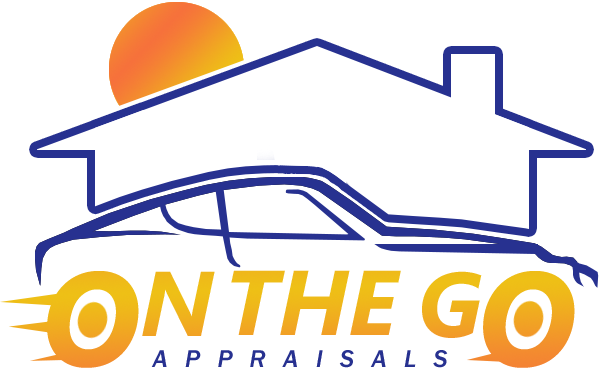
New York CNN —
Hundreds of thousands of people who expected to travel this week found themselves frustratingly stationary — stuck in an airport, far from home, with few good options but to wait. And wait.
It started with severe storms on Sunday and got worse as airlines struggled to rebook customers and reassign staff. Between Sunday and Wednesday, US airlines canceled some 9,000 flights and delayed tens of thousands more.
While the bottleneck had been mostly resolved by Thursday, airport officials were bracing for the busiest travel day since the start of the pandemic ahead of the Fourth of July. The Transportation Security Administration expects 2.82 million people to pass through airport screening on Friday.

The chaotic scenes at airports this week are no longer an anomaly. They are the result of years’ worth of mismanagement, compounded pandemic-era hangovers and the increasing severity of disruptive weather brought on by climate change.
Travelers are now paying much more — for flights, hotels, rental cars (not to mention the meals and other necessities they buy while they’re passing time in the terminal during long delays) — and getting much less for it. Consumer complaints about air travel are up more than 300% from pre-pandemic levels, with fliers citing lost baggage, strict refund policies, persistent flight delays and cancellations, and overbooked flights.
Unfortunately, it’s not going to get better anytime soon.
In a country as sprawling as the United States, your options for getting from point A to B and back quickly are limited.
US passenger rail infrastructure has been languishing for decades. The Biden administration’s $1.2 trillion infrastructure plan, passed with bipartisan support last year, allocates $66 billion over five years to address Amtrak’s maintenance backlog, modernize high-traffic corridors in the Northeast and build new rail lines in areas that lack service.

“You and your family could travel coast to coast without a single tank of gas onboard a high-speed train,” Biden said in a 2021 speech announcing the bill.
It’s an exciting vision, but one that Amtrak estimates won’t be complete until 2035.
In the meantime, domestic travel is more or less limited to flying or driving.
You’re not imagining things: Flights are much more expensive now than they were before the pandemic.
Airfare costs in April were up 10% compared with the same month in 2019. This summer, airfare is expected to remain higher than pre-pandemic levels, though a bit lower than their 2022 levels, according to travel research site Hopper.
Jet fuel costs are at their highest level since 2008, putting pressure on airlines to keep prices elevated.
Higher costs are one of the many knock-on effects of the initial pandemic shock, which grounded all air traffic practically to a halt in 2020.

Despite $54 billion of taxpayer funds directed to airlines to keep them afloat, most airlines reduced staff as demand evaporated. Airlines, as a condition of receiving those funds, were not allowed to lay people off. But they did offer buyouts and early retirement packages to trim costs.
When demand for travel roared back faster than expected, the airlines couldn’t hire fast enough. Veteran pilots and flight crew who took buyouts or retired were often replaced by younger, less experienced new hires.
With airfare expected to be higher than pre-pandemic levels, as costs remain high and demand continues to outstrip airline capacity, adding to travelers’ financial pain: The costs of rental cars, hotels, and Airbnbs have also shot up.
The reason is simple supply and demand.
Rental car companies, like airlines, saw business come to a standstill in 2020. To shore up cash, they sold off their fleets, leaving them with far fewer cars to rent out when demand returned.
Similarly, hotels were forced to pause or cancel new construction in the pandemic. Now, hotel occupancy has recovered to 95% of 2019 levels, according to Hopper, but there remain fewer hotel rooms under construction.
At the end of last year, Airbnb prices were a whopping 36% higher than the fourth quarter of 2019.
In a sort of cosmic irony, climate change — brought on in part by years of greenhouse gas emissions from commercial jets — is now making it harder to fly.
Droughts, storms, wildfires and extreme heat are becoming more intense and more frequent, and there’s little the airlines or air-traffic controllers can do when the skies are simply too dangerous to fly.
According to a 2020 McKinsey study, extreme heat alone could account for 185,000 airline passengers being grounded each year by 2050 — roughly 23 times more than today. The same study notes that 13 major airports in the US have at least one runway within 12 feet of current sea levels, creating potential flood risks.
Adapting American infrastructure and equipment to withstand those extremes will be an expensive, and, presumably, slow-moving process.
With all of the headaches that come with travel, you might think customers are giving up. But at least for now, Americans aren’t showing any sign they’re willing to forgo their cross-country flights to see friends and family after three years of a pandemic that kept people apart.
Until things get really bad, it seems, the best thing for prospective travelers to do is hope for the best, get to the airport early and be prepared for everything to go wrong.




